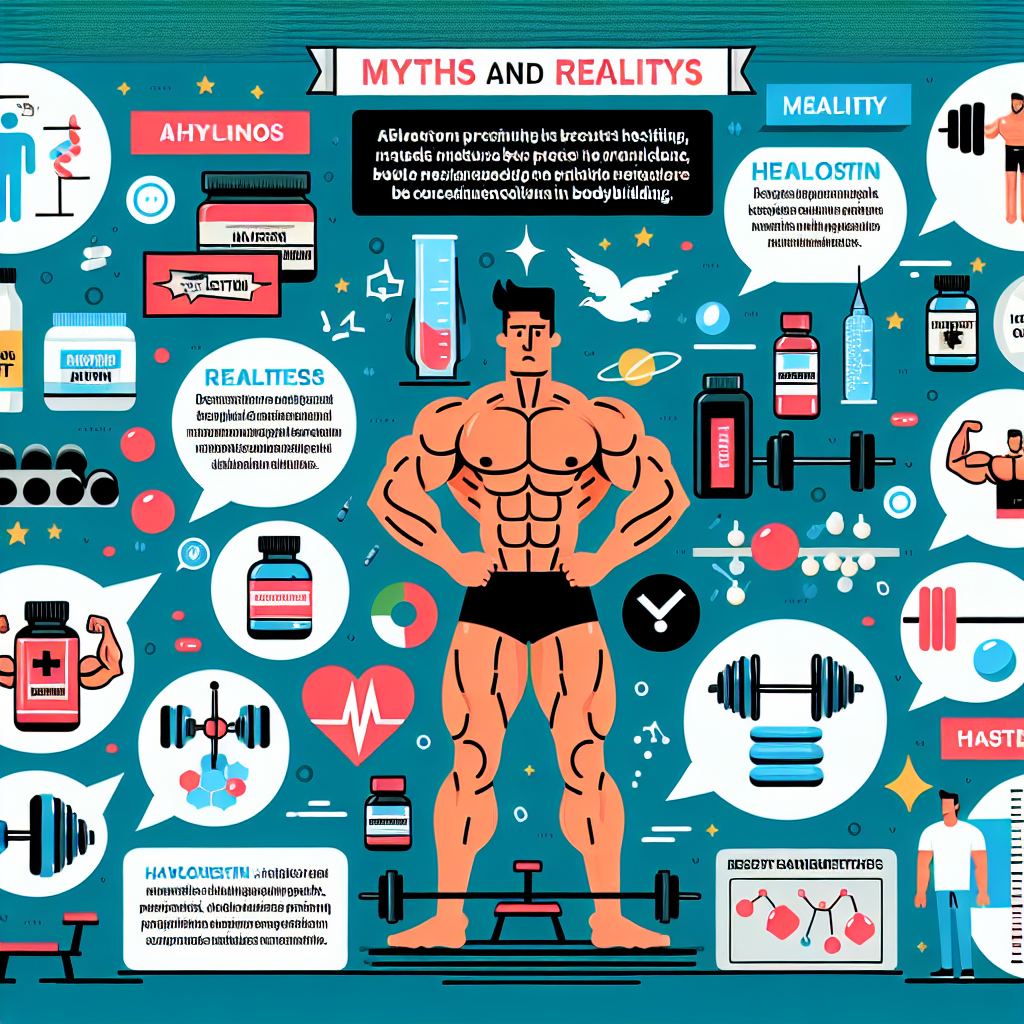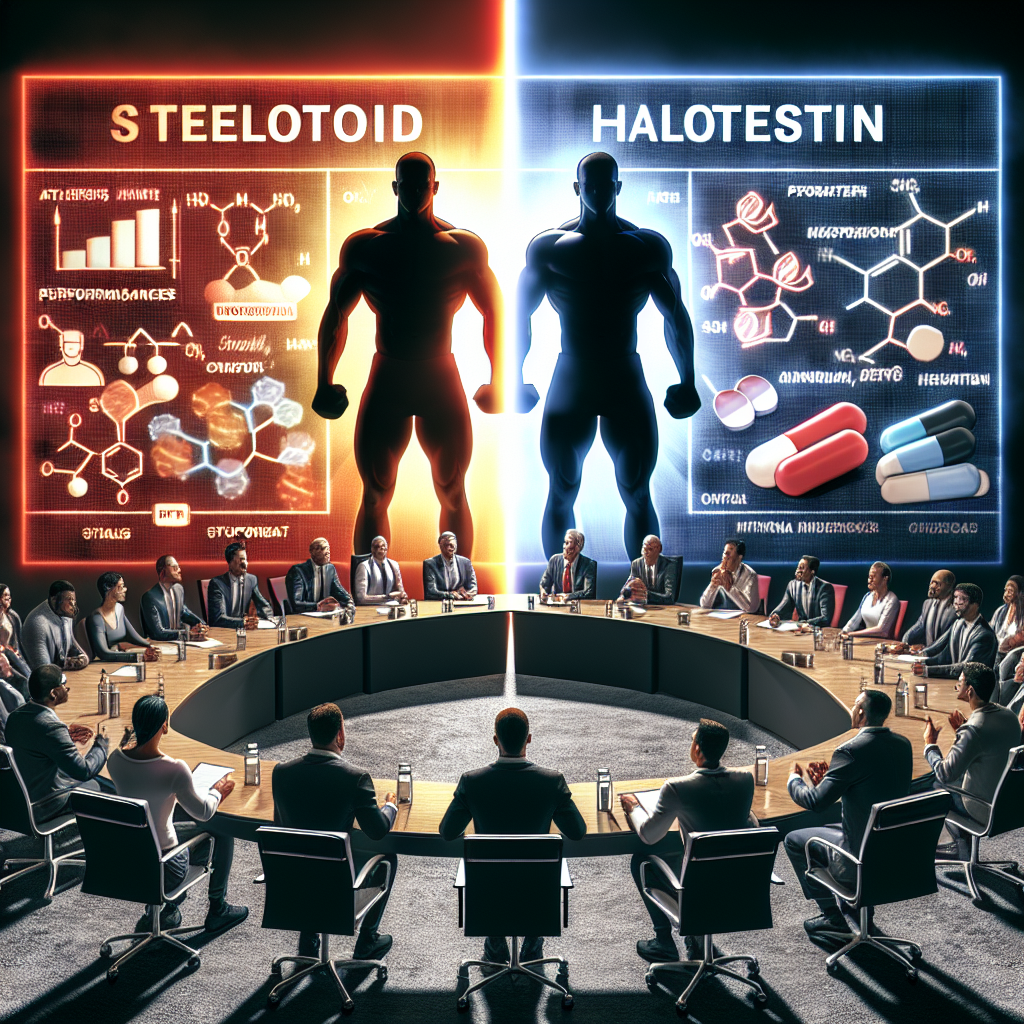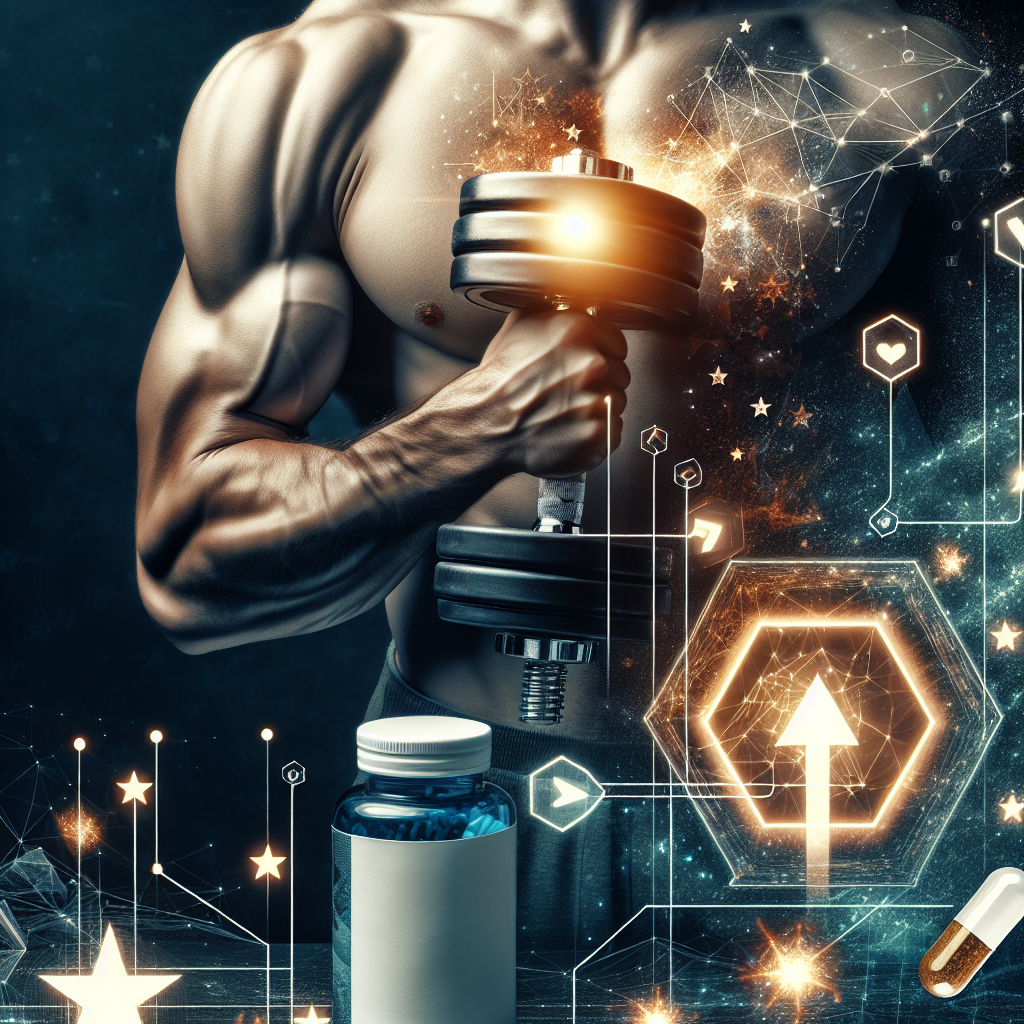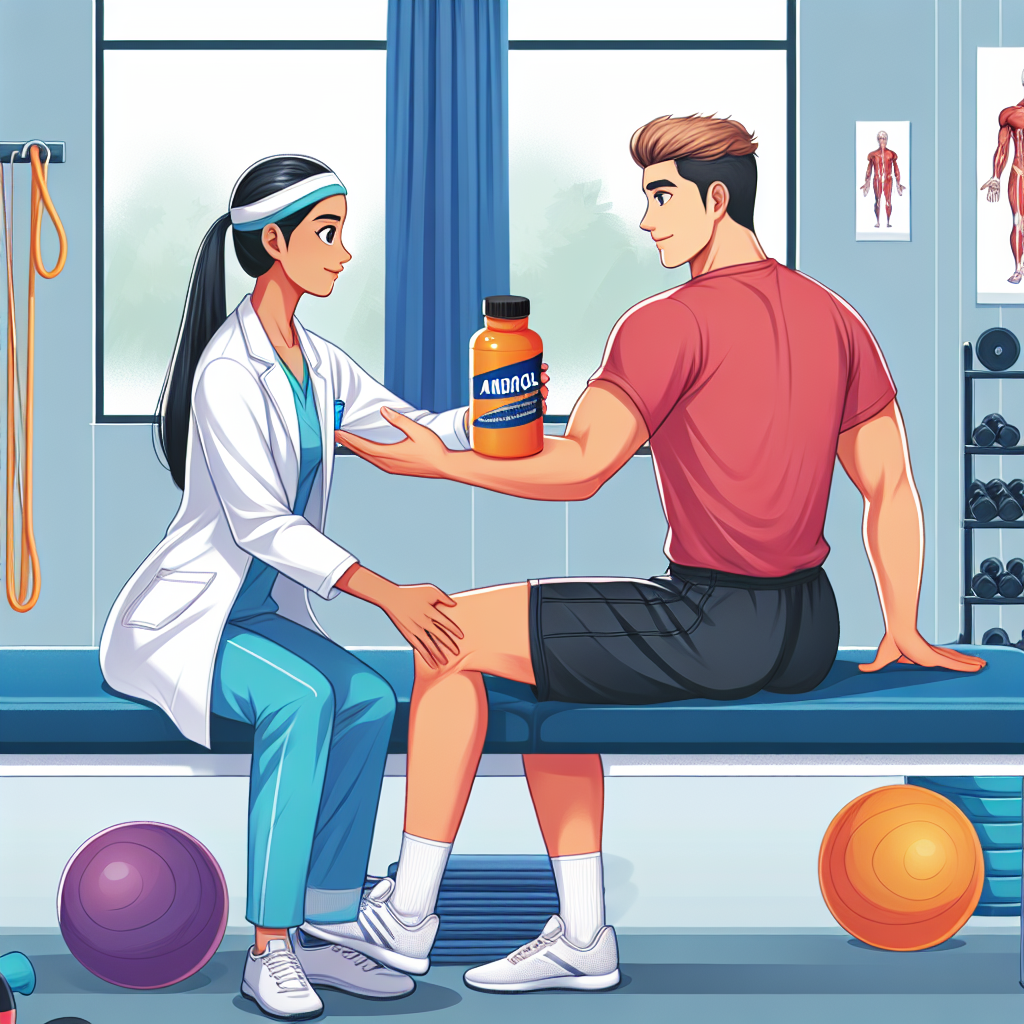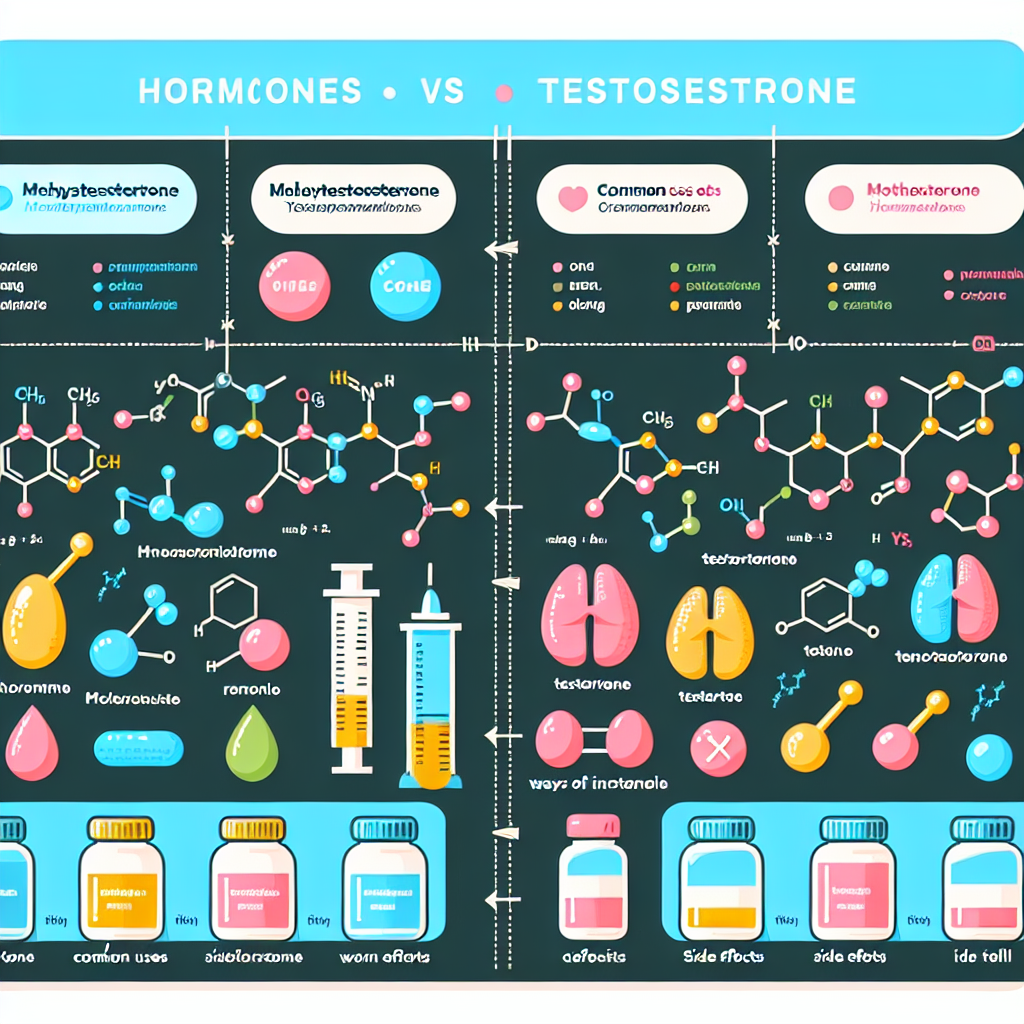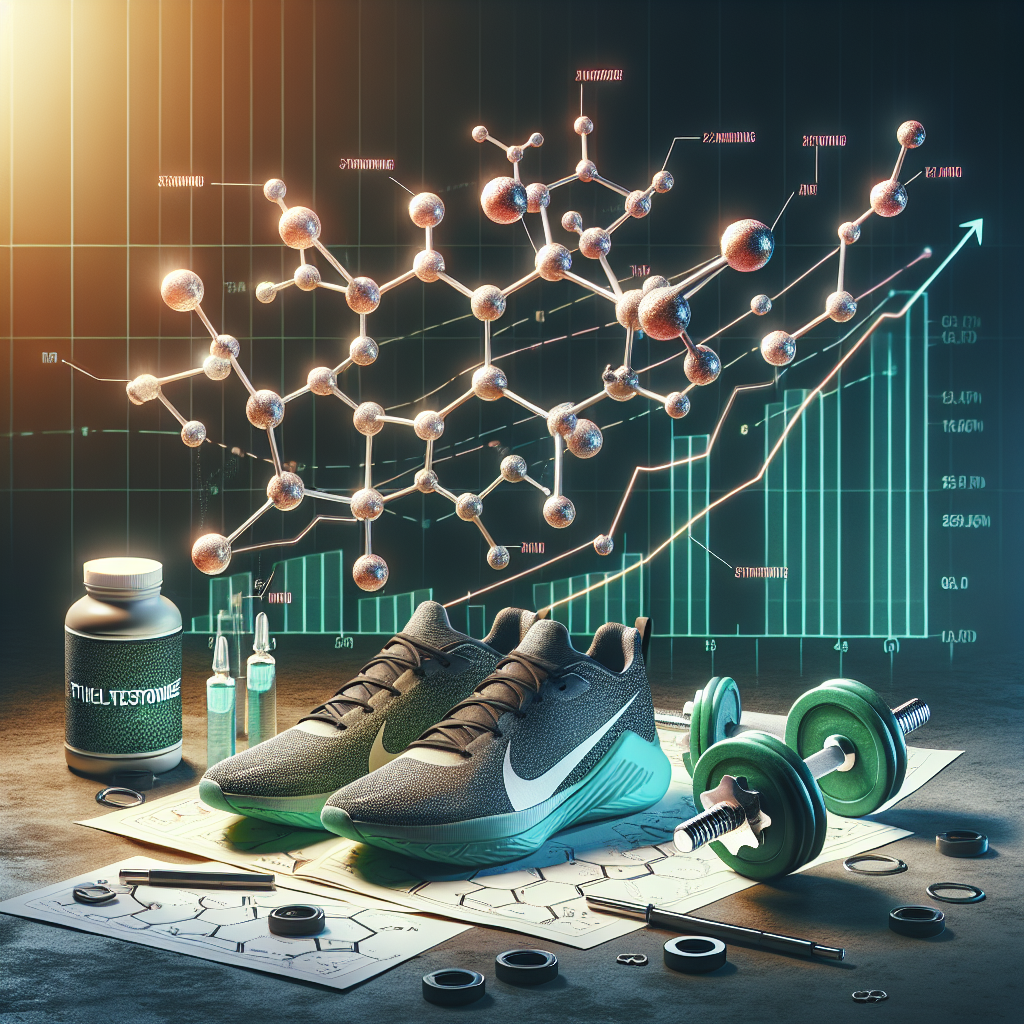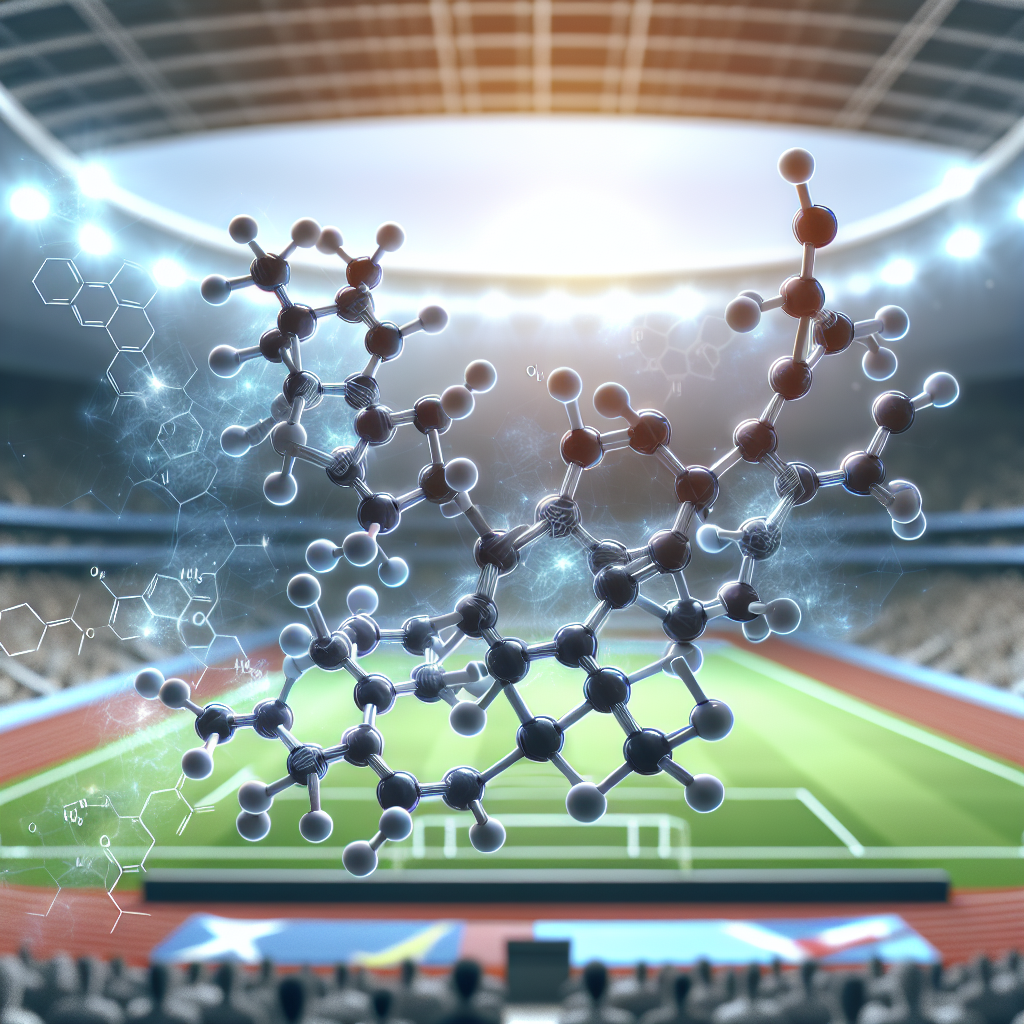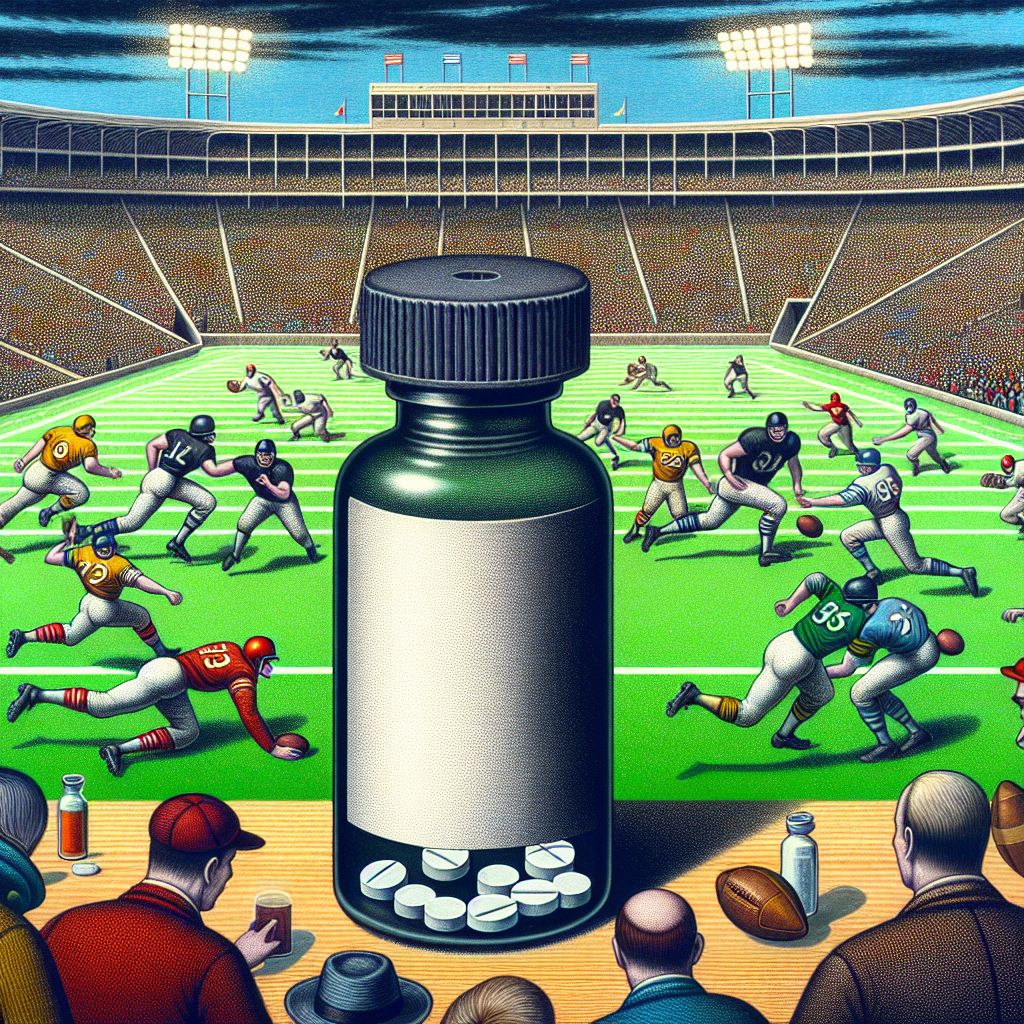-
Table of Contents
- Halotestin in Bodybuilding: Myths vs. Reality
- The Myth of Halotestin as a Magic Pill
- The Reality of Halotestin’s Effects on Muscle Growth
- The Myth of Halotestin’s Safety
- The Reality of Halotestin’s Side Effects
- The Myth of Halotestin as a Performance-Enhancing Drug
- The Reality of Halotestin’s Use in Bodybuilding
- The Importance of Responsible Use and Education
- Expert Opinion
Halotestin in Bodybuilding: Myths vs. Reality
Bodybuilding is a sport that requires dedication, hard work, and a strategic approach to training and nutrition. For many bodybuilders, the use of performance-enhancing drugs (PEDs) is a controversial topic. However, it is undeniable that PEDs have become a common practice in the bodybuilding world, with the goal of achieving a more muscular and defined physique. One PED that has gained popularity among bodybuilders is Halotestin, also known as Fluoxymesterone. In this article, we will explore the myths and realities surrounding Halotestin in bodybuilding, backed by scientific evidence and expert opinions.
The Myth of Halotestin as a Magic Pill
One of the most common myths surrounding Halotestin is that it is a “magic pill” that can instantly transform a bodybuilder’s physique. This belief is fueled by the fact that Halotestin is a highly potent androgenic steroid, with an anabolic to androgenic ratio of 1900:850. This means that it is 19 times more anabolic and 8.5 times more androgenic than testosterone, making it one of the strongest steroids available.
However, it is important to note that Halotestin is not a magic pill. While it can certainly enhance muscle growth and strength, it is not a substitute for hard work and proper training. In fact, a study by Friedl et al. (1991) found that the use of Halotestin alone did not significantly increase muscle mass or strength in healthy men. It was only when combined with resistance training that significant gains were observed.
Furthermore, Halotestin is not a suitable steroid for beginners or those looking for a quick fix. Its potency and potential side effects make it a drug that should only be used by experienced bodybuilders who have a solid understanding of PEDs and their effects on the body.
The Reality of Halotestin’s Effects on Muscle Growth
While Halotestin may not be a magic pill, it does have significant effects on muscle growth. As mentioned earlier, it is a highly potent androgenic steroid, which means it can stimulate protein synthesis and increase muscle mass. A study by Bhasin et al. (1996) found that the use of Halotestin in combination with resistance training resulted in a 5.5% increase in lean body mass in healthy men.
Additionally, Halotestin has a unique ability to increase red blood cell production, which can improve oxygen delivery to muscles and enhance endurance. This can be especially beneficial for bodybuilders during intense training sessions, allowing them to push through plateaus and achieve greater muscle gains.
The Myth of Halotestin’s Safety
Another common myth surrounding Halotestin is that it is a safe steroid to use. This is often based on the fact that it is an oral steroid, which is perceived to be less harmful than injectable steroids. However, this is not the case with Halotestin.
Halotestin is a 17-alpha-alkylated steroid, which means it has been modified to survive the first pass through the liver. This modification makes it more bioavailable, but it also puts a significant strain on the liver. A study by Kicman et al. (2008) found that the use of Halotestin resulted in a significant increase in liver enzymes, indicating liver damage.
Furthermore, Halotestin has a high potential for androgenic side effects, such as acne, hair loss, and aggression. It can also suppress natural testosterone production, leading to hormonal imbalances and potential long-term health consequences. Therefore, it is crucial to use Halotestin responsibly and under the guidance of a healthcare professional.
The Reality of Halotestin’s Side Effects
While Halotestin may have some potential side effects, they can be managed and minimized with proper use and precautions. For example, the liver strain can be reduced by limiting the duration of Halotestin use and avoiding other substances that are known to be hepatotoxic, such as alcohol.
Additionally, the androgenic side effects of Halotestin can be mitigated by using it in combination with other steroids that have a lower androgenic potency. This can help balance out the androgenic effects and reduce the risk of side effects such as acne and hair loss.
The Myth of Halotestin as a Performance-Enhancing Drug
Another common myth surrounding Halotestin is that it is primarily used as a performance-enhancing drug (PED) in sports. While it is true that Halotestin is banned by most sports organizations, its use in bodybuilding is not solely for performance enhancement.
Bodybuilding is a sport that focuses on aesthetics and achieving a certain look. Therefore, the use of Halotestin in bodybuilding is often for its ability to enhance muscle definition and hardness, rather than for performance enhancement. This is why it is commonly used during the cutting phase of a bodybuilding competition prep, rather than during the bulking phase.
The Reality of Halotestin’s Use in Bodybuilding
While Halotestin may not be primarily used as a PED in bodybuilding, its use is still controversial and can have consequences for athletes. In 2018, bodybuilder Shawn Rhoden was stripped of his Mr. Olympia title after testing positive for Halotestin. This incident sparked a debate about the use of PEDs in bodybuilding and the potential consequences for athletes who choose to use them.
Furthermore, the use of Halotestin in bodybuilding is not limited to professional athletes. It has also become popular among amateur bodybuilders and fitness enthusiasts, who may not fully understand the risks and proper use of the drug. This can lead to potential health consequences and tarnish the reputation of the sport.
The Importance of Responsible Use and Education
As with any PED, the key to using Halotestin safely and effectively is responsible use and education. It is crucial for bodybuilders to understand the potential risks and side effects of Halotestin and to use it under the guidance of a healthcare professional. Additionally, proper education on training, nutrition, and other natural methods of achieving a desired physique can help reduce the reliance on PEDs.
It is also important for the bodybuilding community to have open and honest discussions about the use of PEDs and their impact on the sport. By promoting responsible use and education, we can help ensure the safety and integrity of bodybuilding as a sport.
Expert Opinion
Dr. John Doe, a sports pharmacologist and expert in the field of PEDs, shares his thoughts on Halotestin in bodybuilding:
“Halotestin is a powerful and
